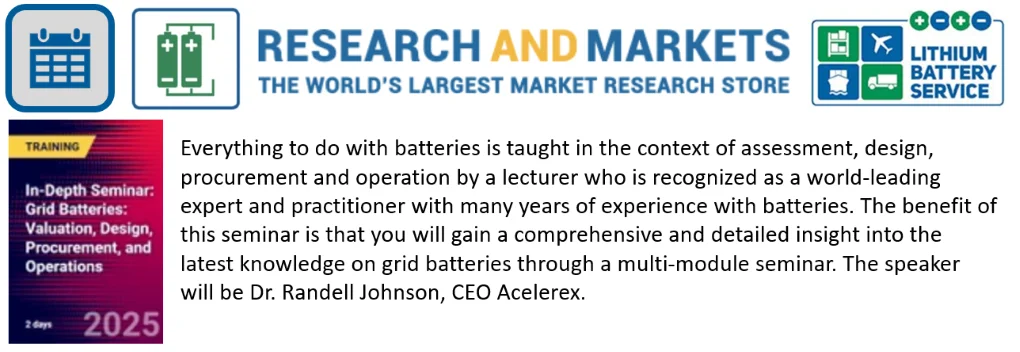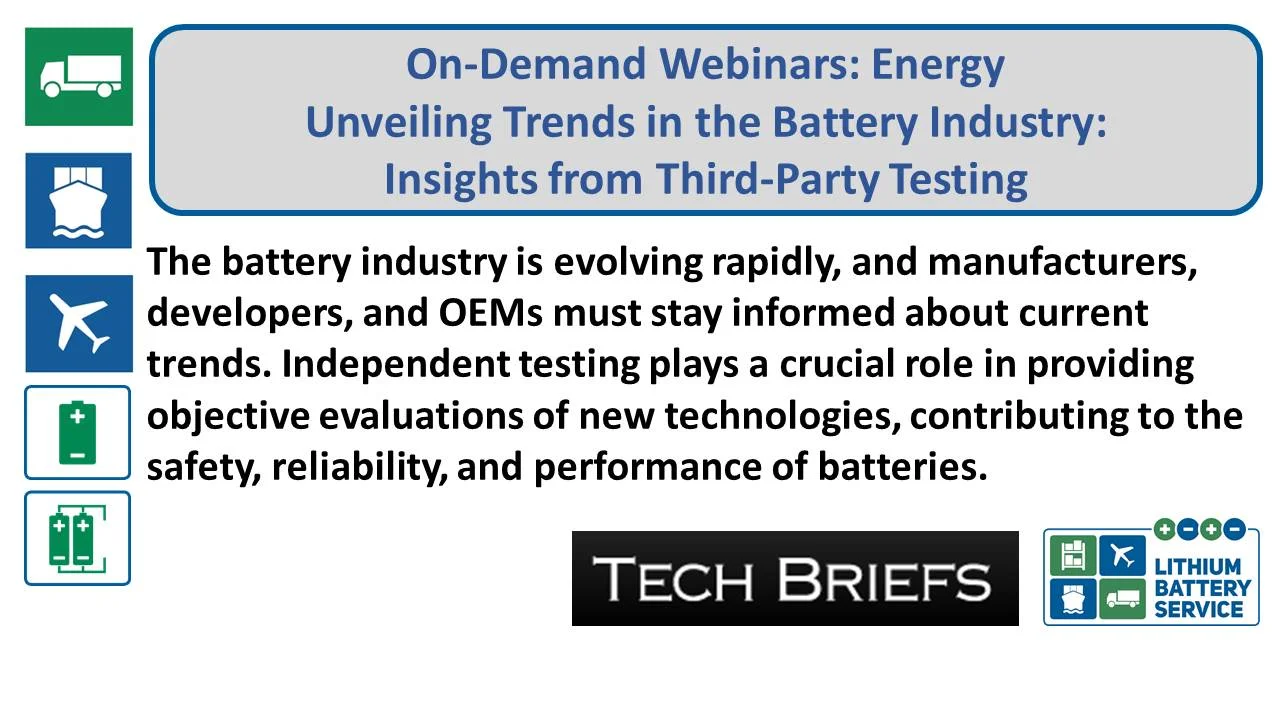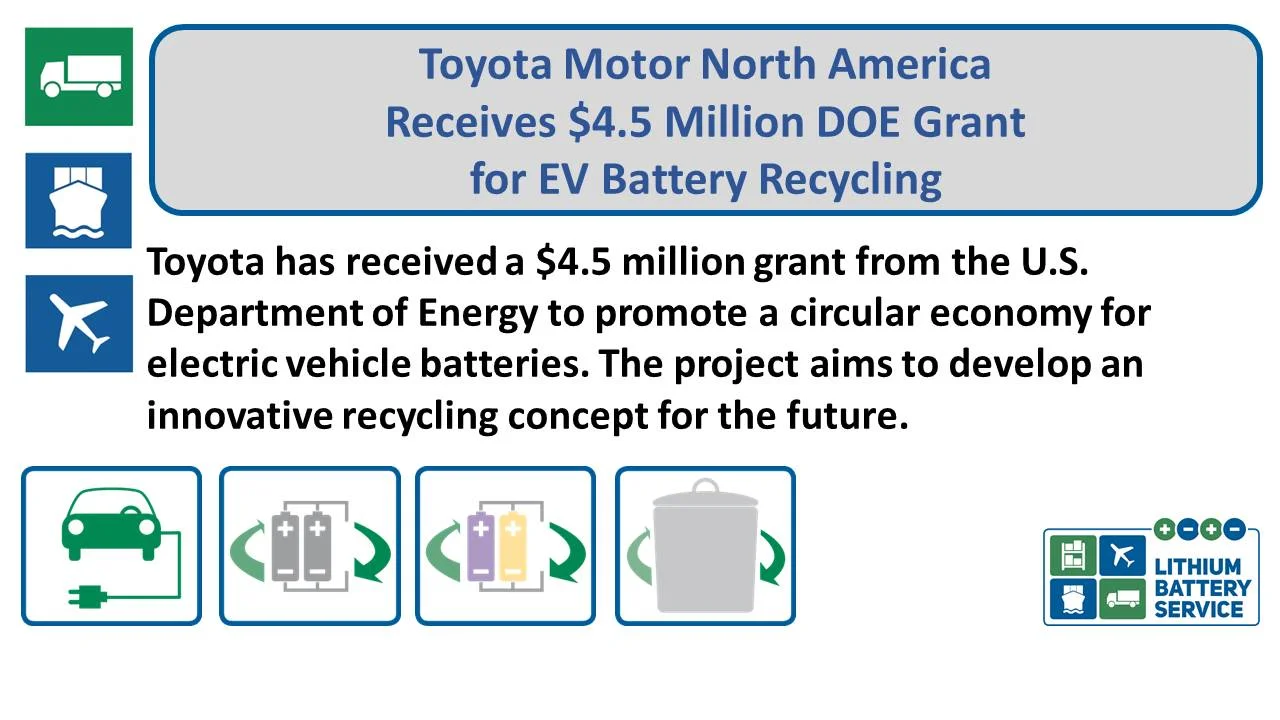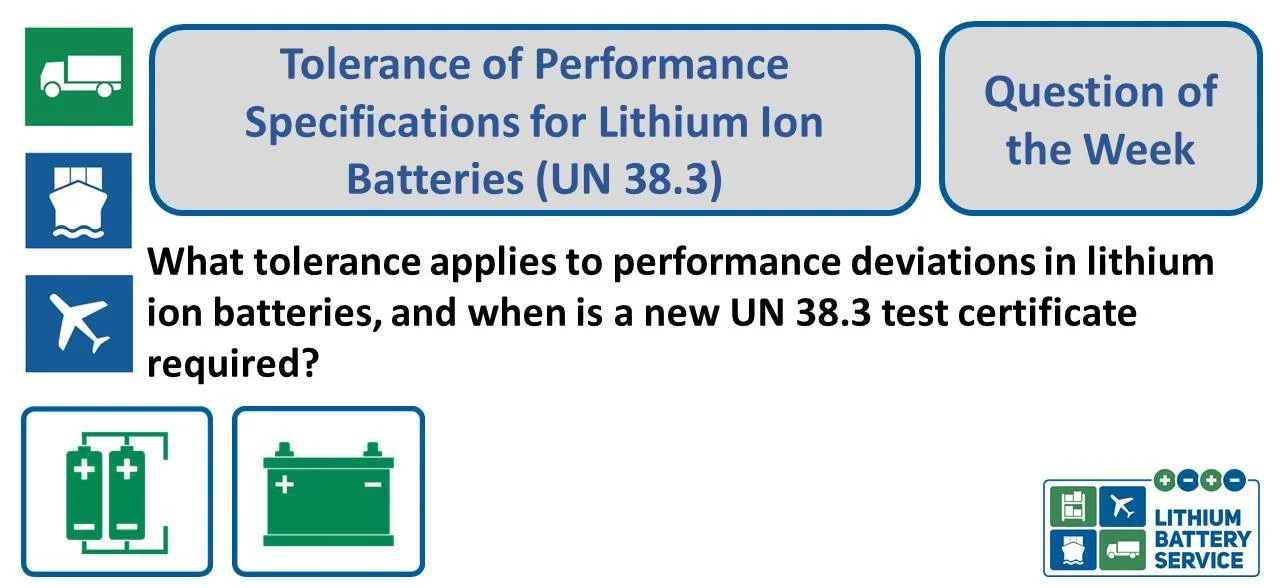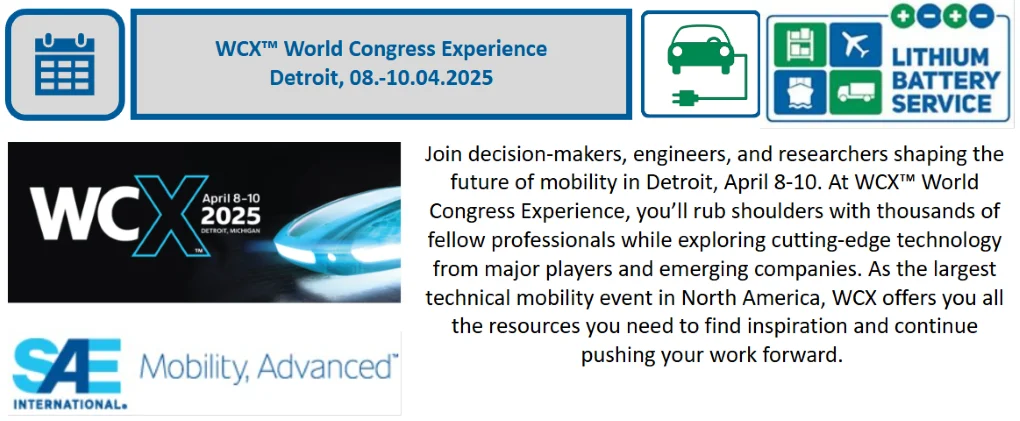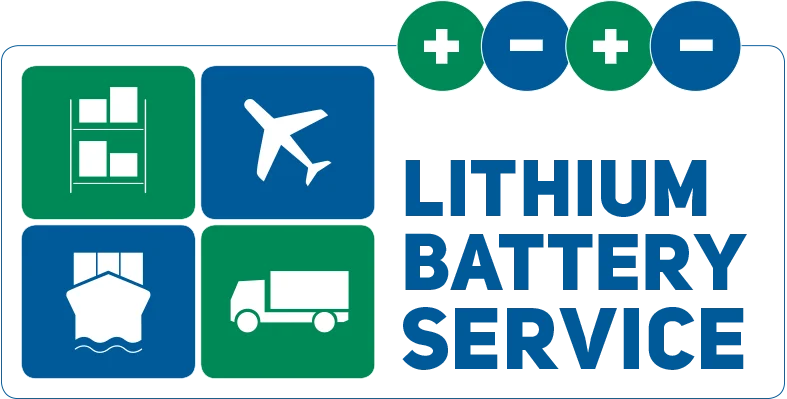How does Apple handle conflict minerals in iPhones & Co?
How does Apple handle conflict minerals in iPhones & Co? "Green raw materials" in Apple lithium batteries. In order to exclude sourcing of conflict minerals as far as possible, Apple has prepared an Environmental Protection Progress Report 2021
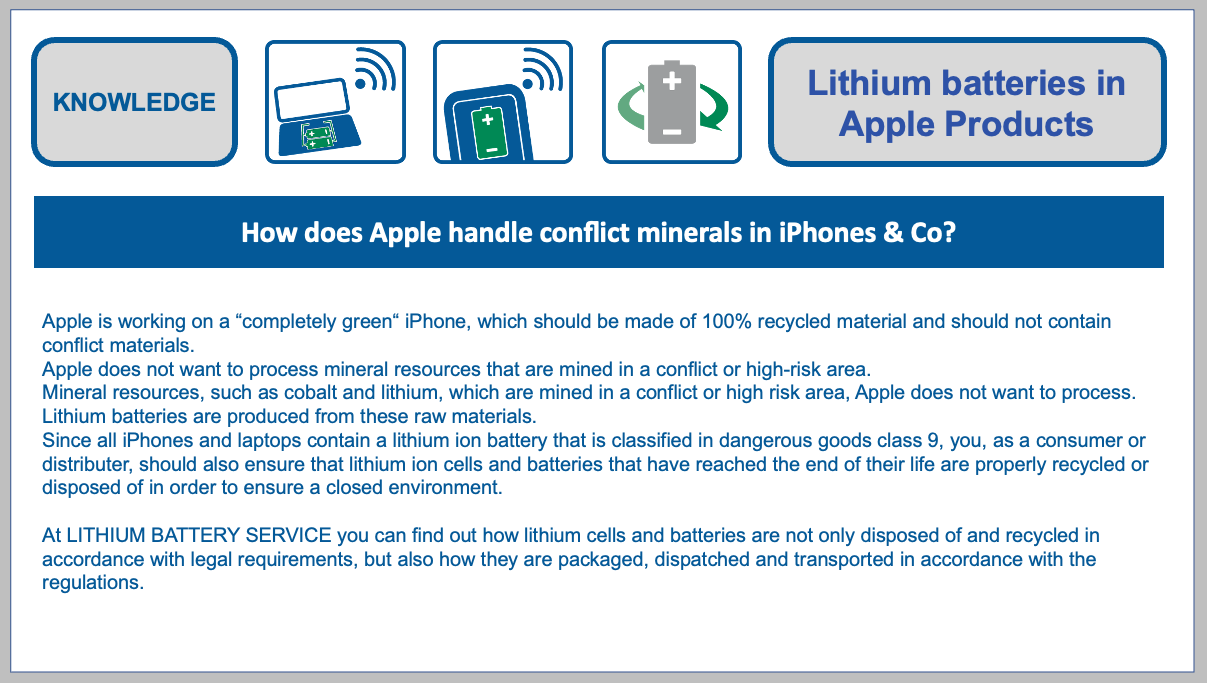
No conflict minerals in iPhones & Co.
The Apple Group is working on a "completely green" iPhone, which should be made of 100% recycled material and should not contain conflict materials.
Apple does not want to process mineral resources that are mined in a conflict or high-risk area.
To ensure traceability of specific mineral supplies throughout the production process, Apple relies on blockchain technology, which also ensures data protection.
A "closed economic cycle" is the objective. Apple wants to avoid poor working conditions and child labor, such as those found in cobalt mines in the Republic of Congo.
Cobalt is used for the production of lithium-ion cells/batteries.
In order to exclude sourcing of conflict minerals as far as possible, Apple has prepared an Environmental Protection 2021 Progress Report:
https://www.apple.com/environment/pdf/Apple_Environmental_Progress_Report_2021.pdf
Find out more about Apple’s requirements for suppliers here:
https://www.apple.com/supplier-responsibility/
Since all iPhones and laptops contain a lithium ion cell or lithium ion battery that is classified as dangerous goods class 9, you as a consumer or distributer should also ensure that lithium-ion cells and batteries that have reached the end of their life are properly recycled or disposed of.
Defective/damaged lithium-ion cells and batteries are handled in accordance with regulations. There are specific requirements for assessment, packaging, labeling and documentation. So these are not just handed over for recycling.
We at LITHIUM BATTERY SERVICE will be happy to assist you:
You can read about how to dispose of and recycle lithium cells and batteries according to legal requirements with us:
We offer free information on disposal in all ADR states at this link:
https://www.lithium-batterie-service.de/en/disposal/
Anyone who transports lithium cells and batteries or who sends them for disposal and recycling can download detailed and practical checklist articles from us on how to transport this dangerous goods in compliance with regulations.
The checklist articles contain all the necessary information for preparing shipments. With reference list. Prepared shipping documents and labels are included.
Defective/damaged lithium-ion cells and batteries must be assessed and handled in accordance with regulations. These have their own packaging, labeling and documentation requirements. So these are not just handed over for recycling/disposal. We also have suitable checklist articles as work instructions for this.
You can find the checklist articles here:
https://www.lithium-batterie-service.de/en/checklist?tab=1
If you have any further questions, please do not hesitate to contact us:
https://www.lithium-batterie-service.de/en/contact/consulting
